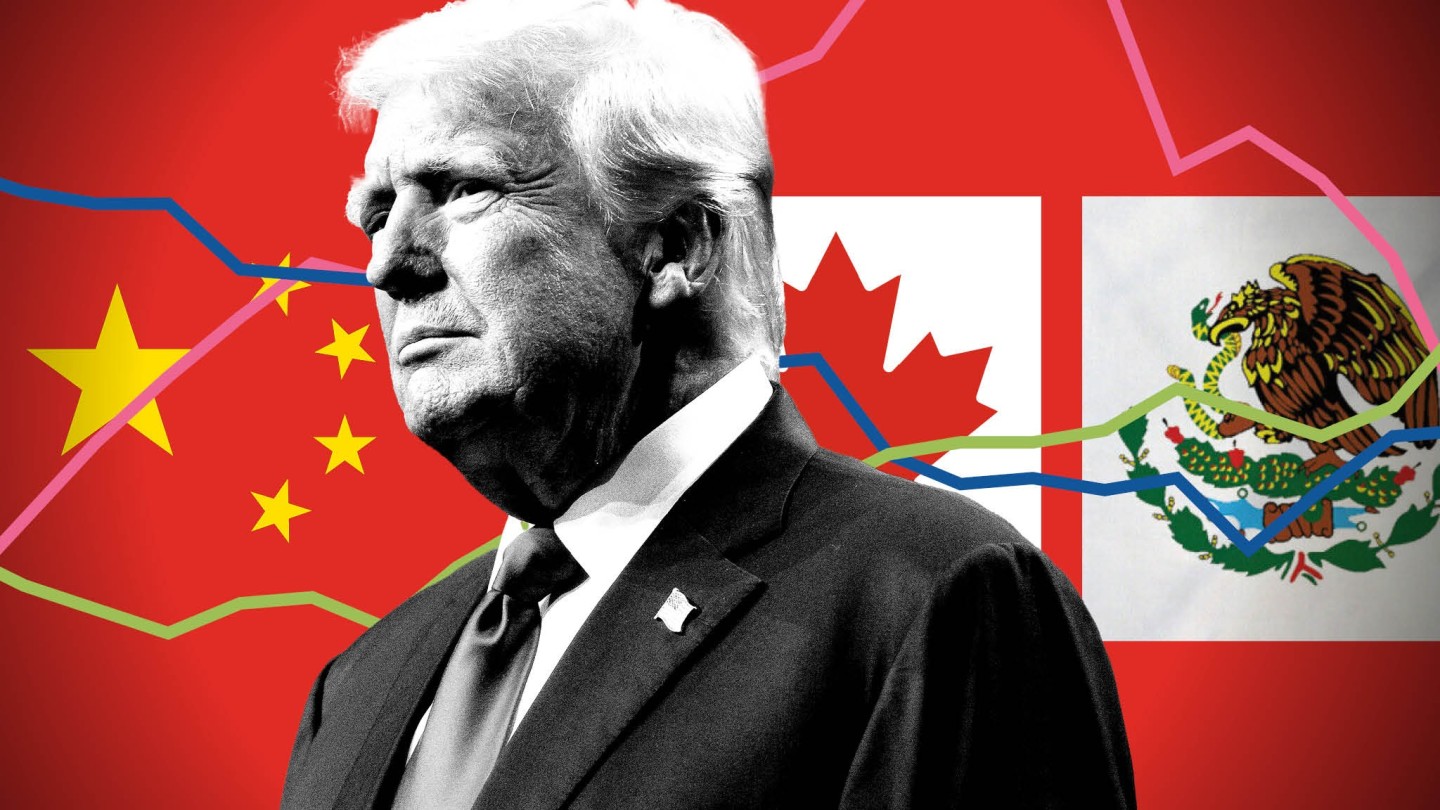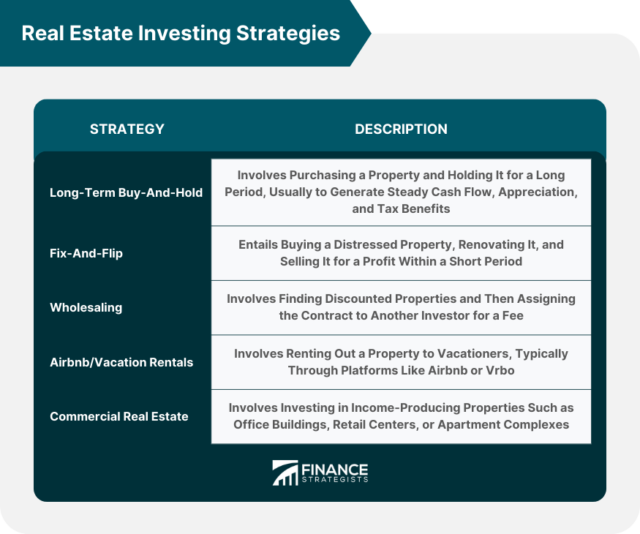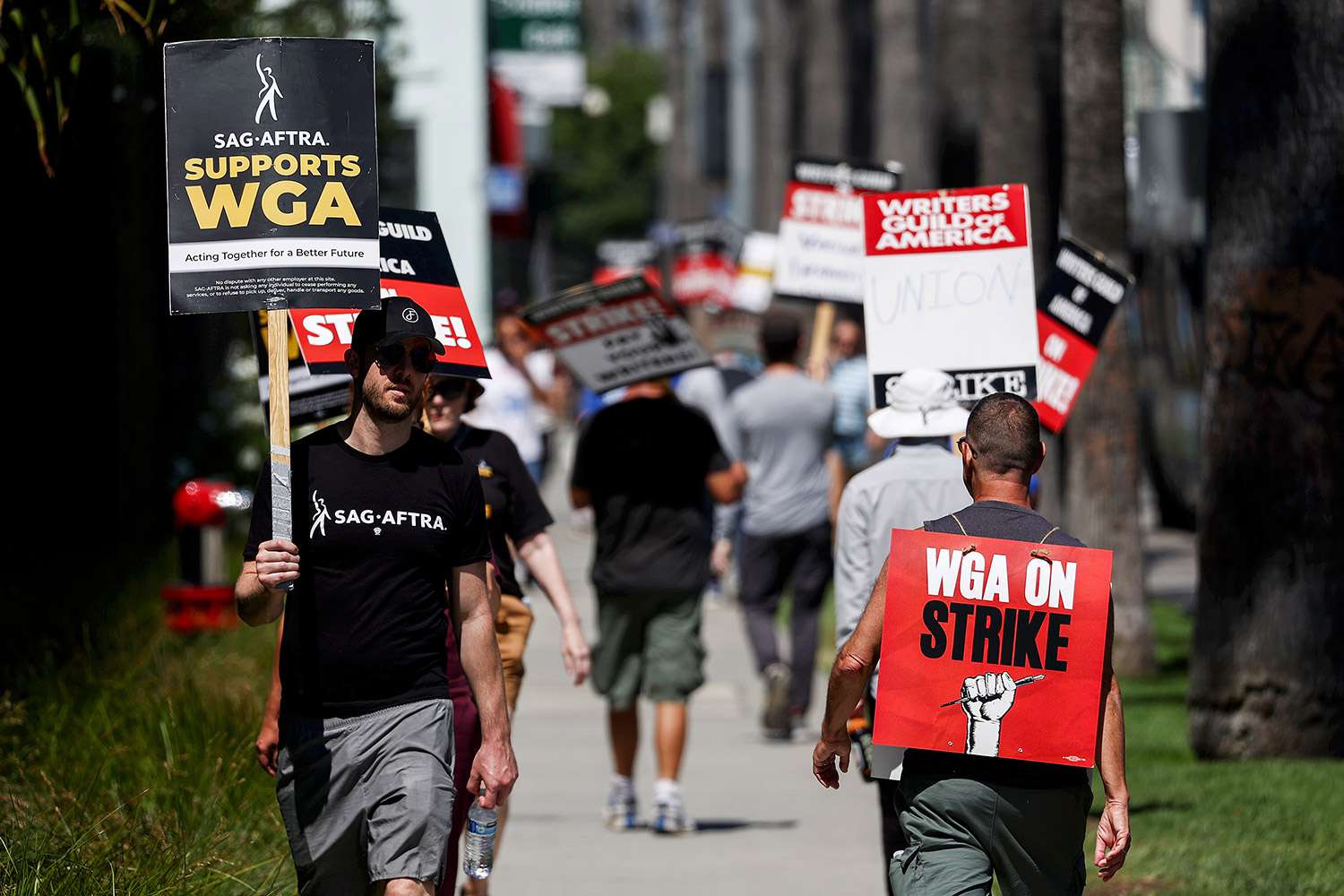Trump's Trade War: $174 Billion Lost By World's Richest

Table of Contents
The Impact on Global Trade and Investment
The Trump trade war significantly hampered global trade and investment. The increased tariffs and subsequent retaliatory measures created a climate of uncertainty that stifled economic growth.
-
Decreased global trade volumes: The imposition of tariffs led to a noticeable decline in global trade volumes. Businesses faced higher costs and reduced competitiveness in international markets. Data from the World Trade Organization (WTO) showed a significant slowdown in global trade growth during this period, directly attributable to the trade war.
-
Reduced foreign direct investment: The uncertainty surrounding trade policy discouraged foreign direct investment. Businesses became hesitant to commit capital to markets facing unpredictable tariff changes, leading to a decline in cross-border investments and hindering economic expansion. Many multinational corporations delayed or cancelled expansion projects due to this uncertainty.
-
Disruption of established supply chains: The trade war disrupted established global supply chains. Businesses faced increased costs due to delays, higher transportation expenses, and the need to find alternative suppliers outside of the targeted countries. This had a knock-on effect on production efficiency and overall profitability. For example, the disruption in the electronics supply chain led to delays and increased costs for many technology companies.
-
Increased prices for consumers: Ultimately, consumers bore the brunt of increased prices due to higher import costs stemming from the tariffs. This reduced consumer purchasing power and dampened overall economic activity. Everyday goods, from clothing to electronics, saw price increases, impacting household budgets.
Specific Sectors Hit Hardest by the Trump Tariffs
Several sectors experienced disproportionately high losses due to the Trump administration's tariffs. The agricultural sector, particularly in the US, felt the immediate impact of retaliatory tariffs from China.
-
Agriculture tariffs: American farmers, heavily reliant on exports, suffered significant losses due to retaliatory tariffs imposed by China on agricultural products like soybeans and pork. This led to decreased farm income and economic hardship in rural communities.
-
Manufacturing tariffs: Manufacturing companies faced increased costs for imported raw materials and components. This reduced their competitiveness and forced some to cut jobs or relocate production facilities to avoid tariffs. The automotive industry, for example, experienced substantial disruptions in its global supply chains.
-
Technology tariffs: The technology sector was also impacted, with tariffs on electronic goods and components increasing costs for producers and consumers alike. This affected both the production and sales of technological goods.
-
Disproportionate impact on smaller businesses: Smaller businesses, lacking the resources and flexibility of larger corporations, struggled to adapt to the changing trade landscape. They were often less able to absorb increased costs or find alternative suppliers, leading to business closures and job losses.
The Role of Retaliatory Tariffs
The Trump administration's tariffs triggered a wave of retaliatory measures from other countries, notably China. This escalation significantly worsened the negative effects of the initial tariffs.
-
China's response: China responded to US tariffs with its own retaliatory measures, targeting American goods and further disrupting global trade flows. This tit-for-tat approach amplified the negative economic consequences.
-
Escalation of the trade war: The back-and-forth imposition of tariffs led to an escalation of the trade war, creating a climate of fear and uncertainty in global markets. Investment decisions were delayed, and economic growth slowed.
-
International trade organization disputes: The WTO attempted to mediate the disputes, but its efforts were largely unsuccessful in preventing the escalation of the trade war. The lack of effective dispute resolution mechanisms highlighted the limitations of international trade organizations in managing such large-scale conflicts.
-
Long-term implications: The retaliatory tariffs had profound long-term implications for global economic growth and international trade relations. The damage to trust and the disruption of established trade patterns hampered future cooperation and economic recovery.
Conclusion
The Trump administration's trade war resulted in a significant $174 billion loss for the world's wealthiest, impacting global trade, investment, and various economic sectors. Retaliatory tariffs exacerbated the negative consequences, highlighting the complex and interconnected nature of international trade. Understanding the devastating economic impact of protectionist trade policies, like the Trump trade war, is crucial. Let's learn from past mistakes to promote a more stable and collaborative global trade environment, avoiding future costly trade wars and fostering sustainable economic growth. To stay informed on global trade dynamics and the impact of trade policies, continue reading our articles on this crucial subject.

Featured Posts
-
 The Real Safe Bet Investing Strategies For Secure Returns
May 10, 2025
The Real Safe Bet Investing Strategies For Secure Returns
May 10, 2025 -
 Watch Pam Bondis Remarks On Killing American Citizens Spark Outrage
May 10, 2025
Watch Pam Bondis Remarks On Killing American Citizens Spark Outrage
May 10, 2025 -
 Palantirs Billion Dollar Trajectory Can It Become A Trillion Dollar Company By 2030
May 10, 2025
Palantirs Billion Dollar Trajectory Can It Become A Trillion Dollar Company By 2030
May 10, 2025 -
 The Attorney Generals Fentanyl Demonstration Analyzing The Impact
May 10, 2025
The Attorney Generals Fentanyl Demonstration Analyzing The Impact
May 10, 2025 -
 Hollywood Shut Down Writers And Actors Strike Impacts Film And Television
May 10, 2025
Hollywood Shut Down Writers And Actors Strike Impacts Film And Television
May 10, 2025
Latest Posts
-
 R5
May 10, 2025
R5
May 10, 2025 -
 1509 R4 5
May 10, 2025
1509 R4 5
May 10, 2025 -
 Palantir Stock A 2024 Investment Strategy For Potential 2025 Gains
May 10, 2025
Palantir Stock A 2024 Investment Strategy For Potential 2025 Gains
May 10, 2025 -
 R4 5
May 10, 2025
R4 5
May 10, 2025 -
 Should I Buy Palantir Stock Now A 2025 Growth Projection Analysis
May 10, 2025
Should I Buy Palantir Stock Now A 2025 Growth Projection Analysis
May 10, 2025
